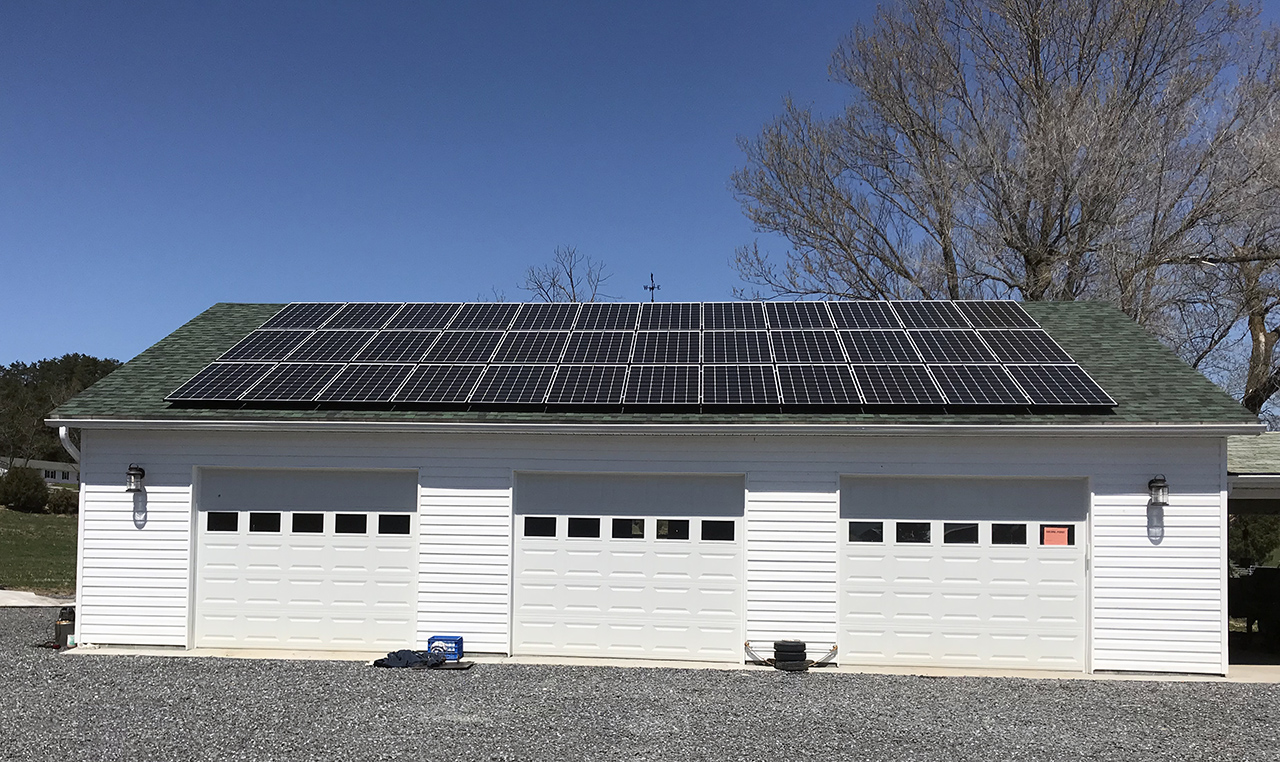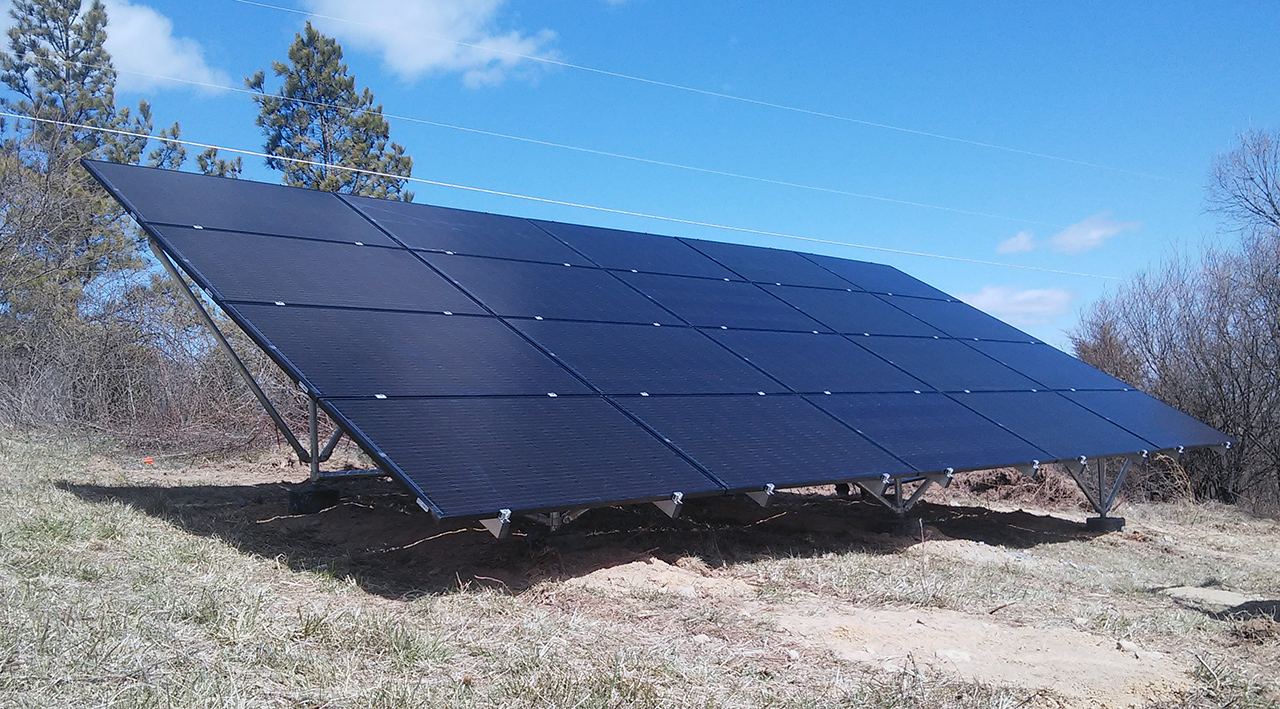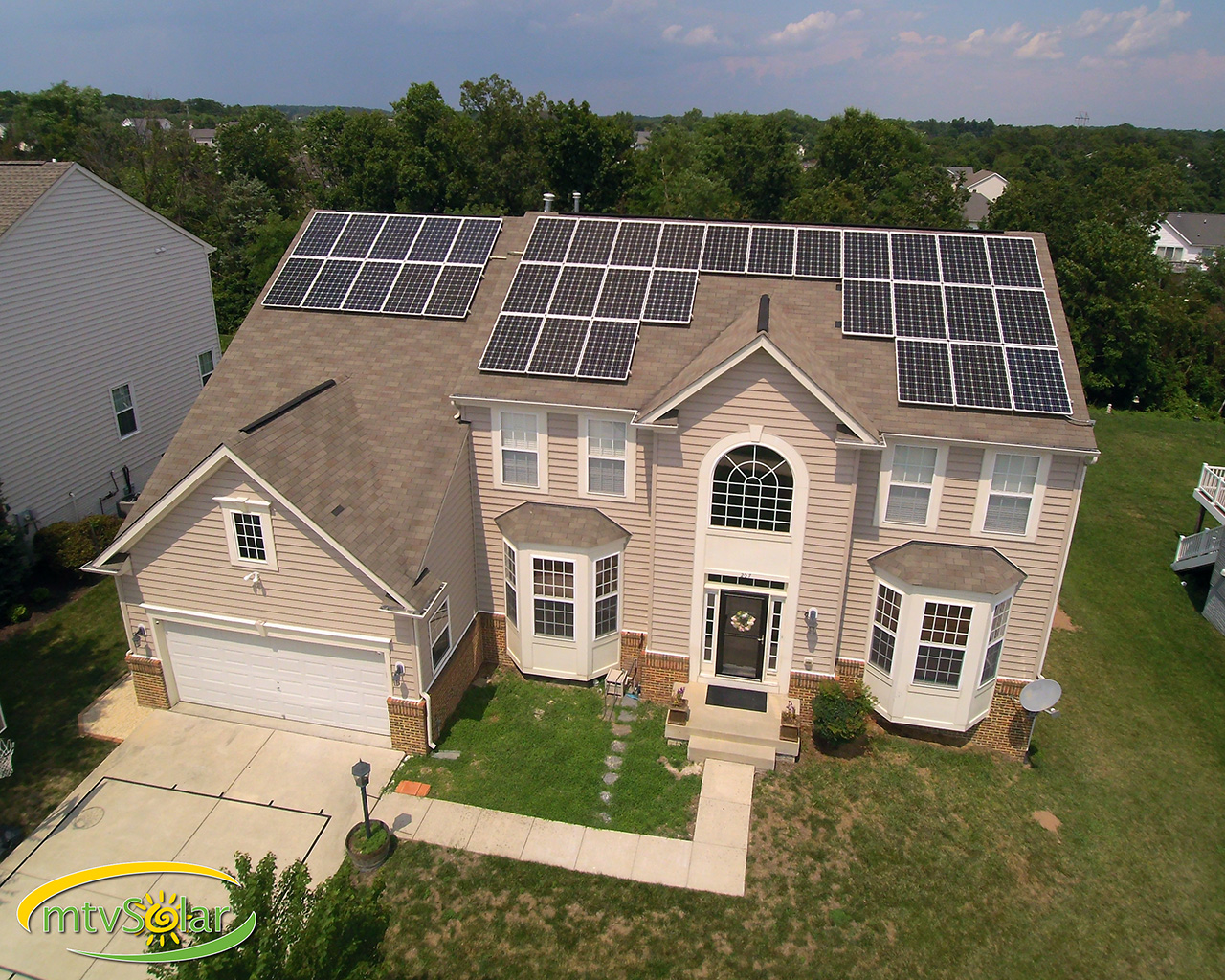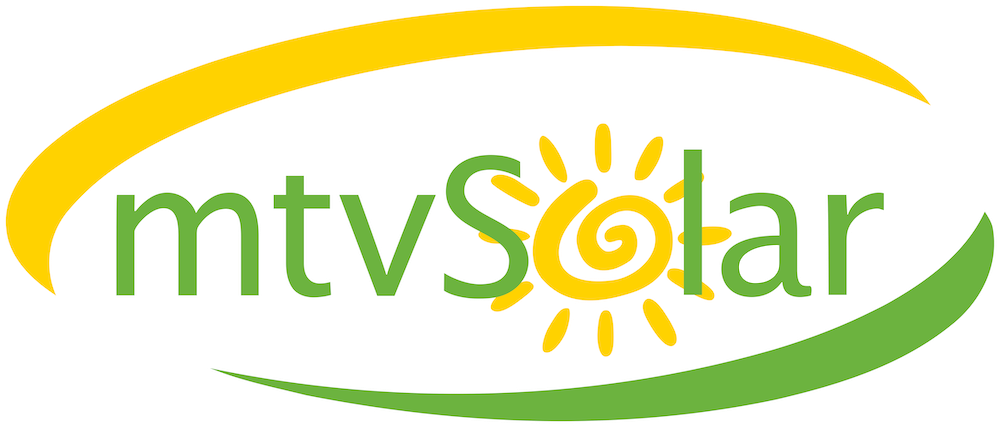 The popularity and good economic sense of installing residential solar arrays continueto increase, which is a very good thing for our planet and our pocketbooks. Unfortunately, with that rise have come some persistent myths that we tend to spend a lot of time debunking here at Mountain View Solar. So, we thought it might be a good idea to bring them up and shoot them down for you all in one post.
The popularity and good economic sense of installing residential solar arrays continueto increase, which is a very good thing for our planet and our pocketbooks. Unfortunately, with that rise have come some persistent myths that we tend to spend a lot of time debunking here at Mountain View Solar. So, we thought it might be a good idea to bring them up and shoot them down for you all in one post.
Myth #1: Solar Is Expensive
This myth comes up in various ways. One is the belief that the upfront cost of rooftop and standalone solar installations makes them too expensive to ever pay for themselves. In fact, in our experience, most solar installations pay for themselves outright in about ten to twelve years depending on how they’re financed.
Another way this myth comes up is in the belief that the per-kilowatt-hour cost of solar energy is high compared to other sources of energy. But that isn’t true either. If you average the cost of energy you can produce from a quality solar installation over its forty-plus year lifespan, the cost is, in fact, far lower than other energy production sources.
Myth #2: Solar Doesn’t Work in Winter
Solar energy production works year-round. True, the days are shorter in the winter time, and so the amount of time a solar installation produces power will be less. But a quality array from Mountain View Solar can still produce enough energy during the daylight hours on December 21 to power a typical mid-Atlantic region home (and yes, they’ll produce power on cloudy days too ‚Äì another myth we hear often).
Also, if your system is large enough, over the course of an entire year it can produce enough energy to meet all of your annual power needs. In the summer, the system will reliably produce excess power, which you sell back into the grid for credits against future energy use, and in the winter you draw down those credits during the longer nights. We call this state of generating and receiving credits for a full year’s energy supply “Net Zero”.
 Myth #3: Solar is High Maintenance
Myth #3: Solar is High Maintenance
We get this one a from time to time. People worry that a solar array is something that requires an endless amount of do-it-yourself tinkering or expensive service calls, like owning a boat or indoor gardening. Not so. A good solar system requires about as much maintenance as an automatic garage door system, which is to say, not much at all.
Our solar systems are designed to produce energy with minimal fuss. Most homeowners find that the only truly regular “maintenance”their solar panels need is a cleaning every once in a while to ensure that dust or debris hasn’t collected on them, reducing their efficiency. Most of the time, you can use a garden hose to rinse them down (if a rainstorm hasn’t done it for you!). Like any household system, it also makes sense to do an annual service checkup of a solar system, but no more so than your standard heating system, for example.
Myth #4: There’s No Net Metering in WV, PA, MD or VA
Net metering is the technical term for exporting the surplus energy your grid-tied solar array produces back to the electric utilities when you are producing more power than your home needs. Utilities typically pay for that energy in credits against your future energy use at times when you’re not producing enough power from solar panels to meet your needs. Net metering is what enables some mid-Atlantic home solar energy producers to achieve Net Zero on an annual basis. As we’ve written here, net metering is available in West Virginia, Pennsylvania, Maryland, and Virginia. The regulations vary slightly state-to-state, but all of them enable you to receive 1-to-1 credit for your excess energy production.
Myth #5: “Going Solar” Means “Going Off-Grid”
This is a corollary to the myth above. Sometimes people think of solar energy as something that’s only useful for people living way out in the middle of nowhere, where it would be too costly to run power lines. While it’s true that solar can be used to take your home “off-grid” completely, for the time being, solar energy is most cost-effective for homeowners when their solar system is tied into the electrical grid. With net metering, this allows them to maximize the value of their system by selling power into the grid on days of excess production in exchange for credits to be used on days (and nights) when solar production doesn’t fully meet their needs.
 Myth #6: Solar Panels Generate Electricity From Moonlight
Myth #6: Solar Panels Generate Electricity From Moonlight
We wish! Moonlight is reflected sunlight, so you’d think it might induce a solar cell to generate power. In fact, a very small amount of residual power may be produced, but not nearly enough to be useful, and certainly not enough to fire up most residential inverters. For now, solar panels are not efficient enough to generate meaningful amounts of electricity from that reflected light.
Myth #7: It’s Hard to Sell a House With Solar Panels on It
This is definitely not the case. As we wrote here, estimates vary by region, but most solar panels add about $3 to home value for every watt they produce or about $15,000 for the typical 5kW system. When a homeowner owns the solar equipment, that value can be passed directly on to a buyer with no complication. (A note of warning, however: if the equipment is leased rather than owned there can be complications in the sales transaction because the lease may have restrictions on transfer to the buyer, who will usually have to get the lessor’s permission to assume the lease.)
Myth #8: Solar Panels I Buy Today Will Become Obsolete Quickly
Quality solar panels have a forty-plus year useful lifespan, and that figure continues to grow as panels become more efficient. Solar panels do degrade over time, but at this point in the evolution of solar technology, the rate of decline is so minimal (between 0.5% and 1% per year depending on the materials in the cells) that the cells will produce ample power for decades after they pay for themselves.
Myth #9: Solar Power Production Rises With the Temperature
 You might think that because solar panels convert sunlight into energy, the hotter a sunny day is the more energy a solar panel will produce. That might also lead you to think that it only makes sense to install solar in hot places, like Florida or the desert Southwest. But that’s not the case. In fact, the opposite is true. Heat increases the current produced by a solar cell but reduces the voltage. As a result, as this article from Sciencing.com explains, the energy output from a solar cell actually falls by about 0.4% for every 1.8 degrees Fahrenheit rise in temperature. That means that on a sunny winter day in Wheeling, your solar cells will probably be more efficient than the same ones on a rooftop in Tucson!
You might think that because solar panels convert sunlight into energy, the hotter a sunny day is the more energy a solar panel will produce. That might also lead you to think that it only makes sense to install solar in hot places, like Florida or the desert Southwest. But that’s not the case. In fact, the opposite is true. Heat increases the current produced by a solar cell but reduces the voltage. As a result, as this article from Sciencing.com explains, the energy output from a solar cell actually falls by about 0.4% for every 1.8 degrees Fahrenheit rise in temperature. That means that on a sunny winter day in Wheeling, your solar cells will probably be more efficient than the same ones on a rooftop in Tucson!
At Mountain View Solar, we’re always ready to answer any questions or doubts you might have about installing a home solar array. To learn more about the benefits of our premium solar power solutions, contact us today. mtvsolar is your local contractor, with NABCEP certified employees and fully licensed and insured.

